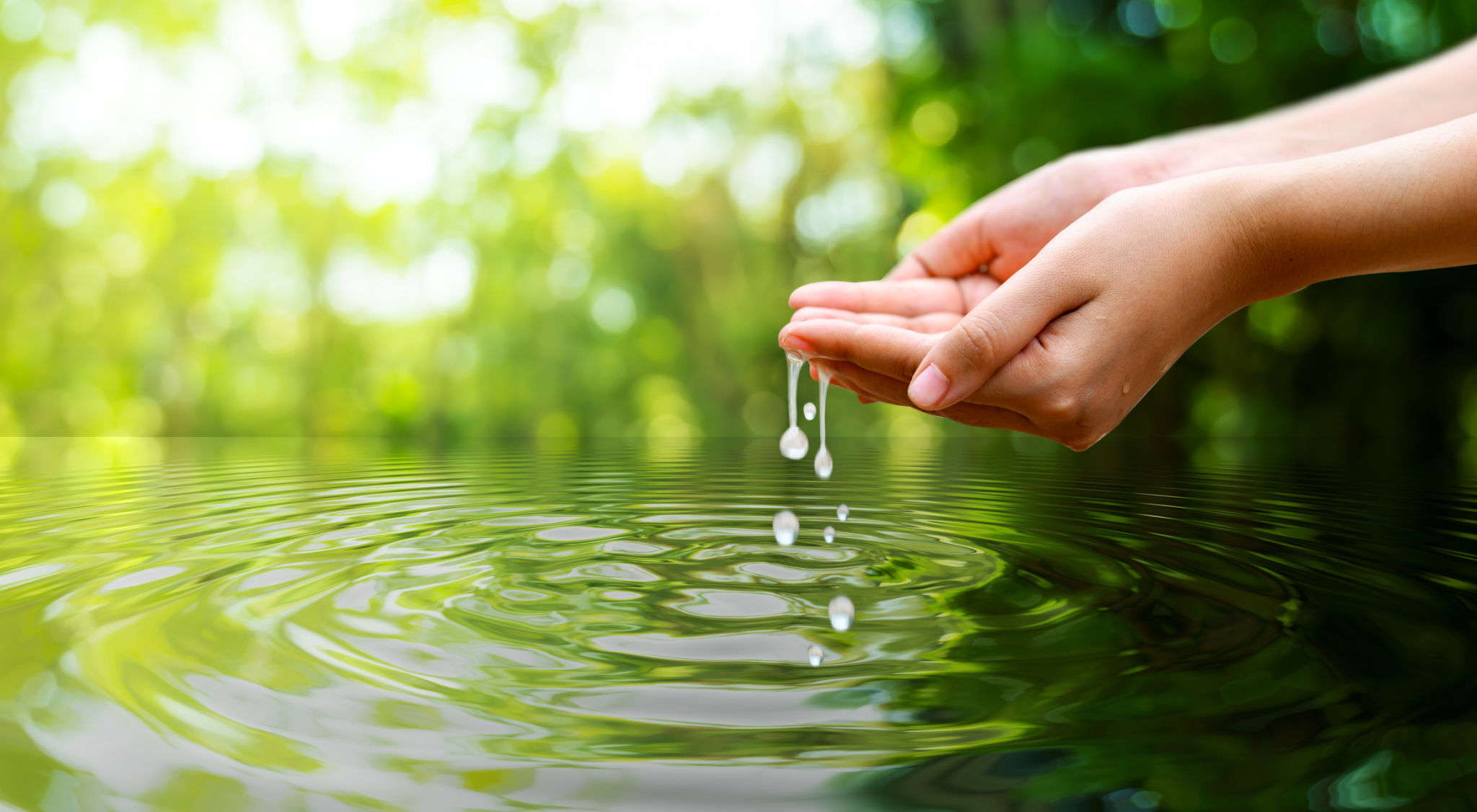Expert Insights: Trends in Sustainable Home Refurbishments
TT
Understanding the Rise of Sustainable Home Refurbishments
In recent years, the trend of sustainable home refurbishments has gained considerable momentum. Homeowners are increasingly seeking ways to reduce their carbon footprint while enhancing the comfort and efficiency of their living spaces. This shift is driven by a growing awareness of environmental issues and the desire for cost-effective, long-term solutions.
Sustainable refurbishments not only help the environment but also offer homeowners significant savings on energy bills. By incorporating eco-friendly materials and energy-efficient technologies, these renovations can lead to a more sustainable lifestyle.

Key Trends in Eco-Friendly Materials
One of the most prominent trends in sustainable home refurbishments is the use of eco-friendly materials. Reclaimed wood, bamboo, and cork are becoming popular choices for flooring and furniture due to their renewable nature. These materials not only look beautiful but also have a lower environmental impact compared to conventional options.
The use of recycled materials is another trend that is gaining traction. Recycled glass countertops and tiles made from post-consumer waste are just a few examples of how homeowners can incorporate sustainability into their refurbishments.
Low-VOC Paints and Finishes
Low-VOC (volatile organic compounds) paints and finishes are becoming a staple in eco-friendly renovations. These products help improve indoor air quality by reducing harmful emissions, making them a healthier choice for families. They are available in a wide range of colors and finishes, allowing for creativity without compromising on environmental standards.

Innovative Energy-Efficient Technologies
Energy efficiency is at the forefront of sustainable home refurbishments. Homeowners are increasingly investing in technologies that reduce energy consumption and lower utility bills. Solar panels, for instance, are a popular choice, providing renewable energy that can power homes while reducing reliance on fossil fuels.
Another innovative technology making waves is the smart thermostat. These devices allow homeowners to control their heating and cooling systems remotely, optimizing energy use and saving money in the process. Smart thermostats can learn user preferences over time, further enhancing energy efficiency.
LED Lighting Solutions
LED lighting is rapidly replacing traditional incandescent bulbs due to its energy efficiency and longevity. These lights consume significantly less power and have a much longer lifespan, making them a cost-effective choice for sustainable refurbishments. Moreover, LED lights come in various styles and colors, offering flexibility for different design preferences.

The Role of Water Conservation
Water conservation is another crucial aspect of sustainable home refurbishments. With increasing concerns about water scarcity, homeowners are adopting solutions that minimize water usage. Installing low-flow faucets, showerheads, and dual-flush toilets can significantly reduce water consumption without compromising performance.
Rainwater harvesting systems are also gaining popularity. These systems collect rainwater for reuse in irrigation and other non-potable applications, helping conserve this vital resource.
Greywater Recycling
Greywater recycling is an innovative approach to water conservation. By reusing water from sinks, showers, and washing machines for irrigation or toilet flushing, homeowners can drastically reduce their water usage. This not only benefits the environment but also leads to lower water bills.

Conclusion: Embracing a Greener Future
Sustainable home refurbishments represent a significant step towards a greener future. By adopting eco-friendly materials, energy-efficient technologies, and water conservation methods, homeowners can create spaces that are not only beautiful and comfortable but also environmentally responsible.
The trends highlighted above are just the beginning of what promises to be an ongoing evolution in sustainable living. As more individuals embrace these practices, the positive impact on both the environment and personal well-being will continue to grow.
